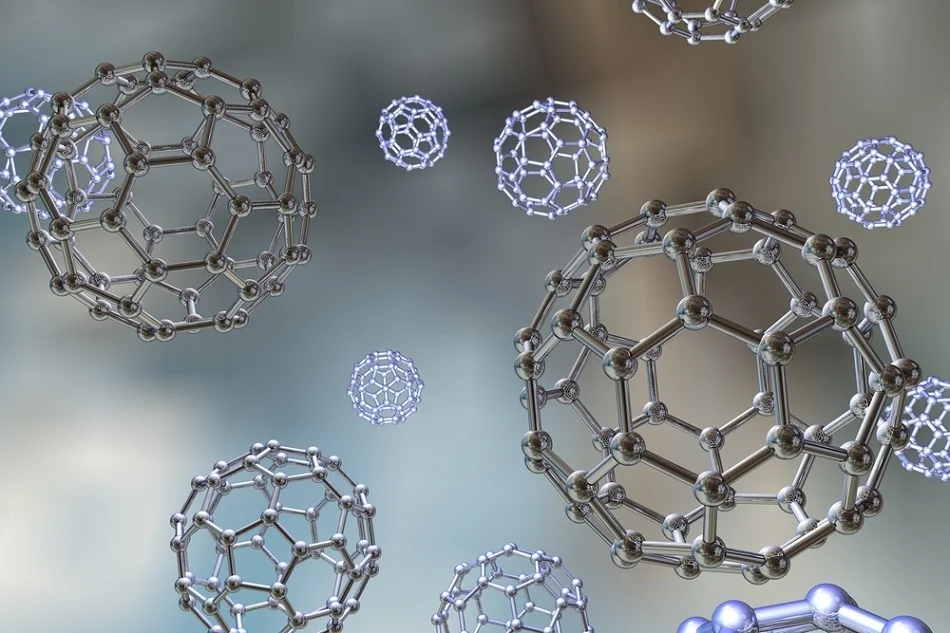
MIT researchers, in conjunction with colleagues, have unveiled a revolutionary method for tailoring the properties of nanoparticles critical to the reactions powering various clean energy and environmental technologies. Leveraging ion irradiation—a technique involving beams of charged particles bombarding a material—the team demonstrated unprecedented control over the size, composition, and other essential features of nanoparticles. This pioneering approach not only marks a significant advancement in nanotechnology but also promises to enhance the performance of catalysts crucial for clean energy solutions.
Catalyzing Clean Energy Technologies
The electrochemical reactions fundamental to fuel cells and electrolysis cells play a pivotal role in generating clean energy. The key challenge lies in optimizing the catalysts on the electrodes to accelerate these reactions efficiently. Traditional catalysts, especially those made of metal-oxide materials, face durability issues due to coarsening at high temperatures. MIT’s research leader, Bilge Yildiz, envisions overcoming these challenges to propel technologies like fuel cells and electrolysis cells towards greater efficiency.
Metal Exsolution and its Challenges
A critical breakthrough in clean energy conversion is metal exsolution, a process involving the precipitation of metal nanoparticles onto the electrode’s surface. This anchoring mechanism enhances stability and, consequently, catalytic activity. However, controlling the precise properties of these nanoparticles has proven challenging. The research team recognized the need for a tool to gain control over this process, leading to the discovery of ion irradiation as a powerful technique.
Controlling Nanoparticle Properties with Ion Irradiation
MIT researchers, led by Jiayue Wang, showcased that directing an ion beam at the electrode while simultaneously exsolving metal nanoparticles onto its surface enabled precise control over several nanoparticle properties. By engineering the size, composition, density, and location of exsolved nanoparticles through ion-matter interactions, the team achieved remarkable results.
Unprecedented Precision
The team demonstrated the ability to create significantly smaller particles, down to 2 billionths of a meter in diameter, compared to conventional thermal exsolution methods. Ion irradiation also allowed them to alter the composition of nanoparticles by irradiating with specific elements, showcasing a direct and efficient method for engineering nanoparticle composition.
Multi-Element Nanoparticles and Spatial Control
The researchers expressed the desire to create multi-element nanoparticles or alloys, known for their higher catalytic activity. With ion irradiation, the choice of oxide and ion becomes versatile, opening doors to various compositions. Furthermore, the team highlighted the potential for extreme spatial control over nanoparticles, envisioning the ability to ‘write’ specific nanostructures with focused ion beams.
Superior Catalytic Activity
A key finding of the research was the superior catalytic activity of nanoparticles created through ion irradiation compared to those produced by conventional thermal exsolution alone. This promising outcome suggests a transformative impact on the efficiency and performance of catalysts in clean energy technologies.
Collaborative Efforts and Future Prospects
The multidisciplinary team, including researchers from MIT, Oak Ridge National Laboratory, Argonne National Laboratory, Brookhaven National Laboratory, and Harvard University, showcased the potential of ion irradiation in advancing clean energy catalysts. Funded by OxEon Corp., MIT’s Plasma Science and Fusion Center, and the U.S. Department of Energy, this research marks a collaborative step towards a sustainable energy future. As MIT continues to push the boundaries of innovation, the application of ion irradiation in nanotechnology holds immense promise for the evolution of clean energy and fuel conversion technologies.





